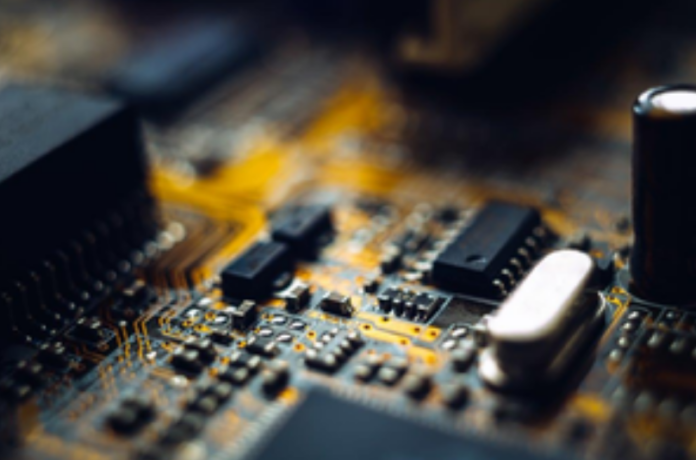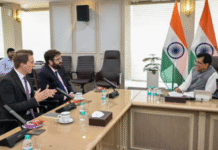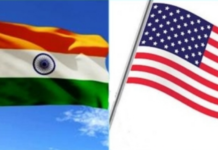New Delhi— India has emerged as one of the more favorably positioned countries in the first round of reciprocal tariff announcements by the United States, especially in the electronics sector, industry experts said on Thursday. Thanks to strategic diplomacy and sustained efforts by Indian negotiators and leadership, the country is seen as comparatively advantaged when measured against key electronics-exporting rivals such as China, Vietnam, Thailand, and Indonesia.
While countries like Brazil and Egypt enjoy slightly more favorable tariff outcomes, India’s relative advantage is stark when considering that China now faces cumulative tariffs between 54 per cent and 79 per cent, and Vietnam up to 44 per cent. This development presents India with a valuable near-term window of export competitiveness, particularly in electronics.
“The true long-term inflection point for India’s electronics trade with the US will be the successful conclusion of a Bilateral Trade Agreement (BTA),” said Pankaj Mohindroo, Chairman of the India Cellular and Electronics Association (ICEA).
“The BTA must now become the cornerstone of India’s trade strategy—unlocking stable market access, tariff predictability, and a framework for scaling high-value electronics exports,” he added.
As global trade dynamics continue to evolve, India must act decisively to leverage its positioning. This includes aligning domestic policies, enhancing industrial capacity, and pursuing robust trade diplomacy.
“A bilateral trade deal could ease the pressure while adjusting tariffs on select US imports could help balance trade concerns,” said Ashok Chandak, President of the India Electronics and Semiconductor Association (IESA).
“India should pursue a dual-track approach—simultaneously negotiating and preparing countermeasures to safeguard national economic interests,” he added.
Encouragingly, both India and the US have expressed a mutual interest in expanding bilateral trade to $500 billion, which opens the door for a comprehensive and mutually beneficial agreement in the near future.
The semiconductors and pharmaceuticals sectors have notably been exempted from new tariffs, recognizing their critical role in global supply chains and public health. Moreover, India’s relatively low electronics imports from the US provide flexibility for tariff recalibration to preserve trade balance.
Experts agree that India must act swiftly and strategically to translate this temporary tariff advantage into long-term trade gains.
“IESA is committed to collaborating with the Ministry of Electronics and IT and the Ministry of Commerce and Industry to formulate strategies that mitigate risks and boost India’s global competitiveness,” said Chandak.
“As we prepare for possible retaliatory measures from other major economies, our focus must remain on converting this strategic opening into sustained export growth and deeper supply chain integration,” added Mohindroo.
According to Prabhu Ram, Vice President, Industry Intelligence Group at CyberMedia Research (CMR), India’s electronics sector is well-positioned to weather the fallout of the US tariffs and emerge stronger.
“As global supply chains realign in response to these policy changes, India has a strategic opportunity to enhance its role in the global electronics ecosystem,” he said.
“To fully capitalize on this, India must continue advancing strategic policy initiatives that enhance its global attractiveness and integration into high-value global value chains.” (Source: IANS)








